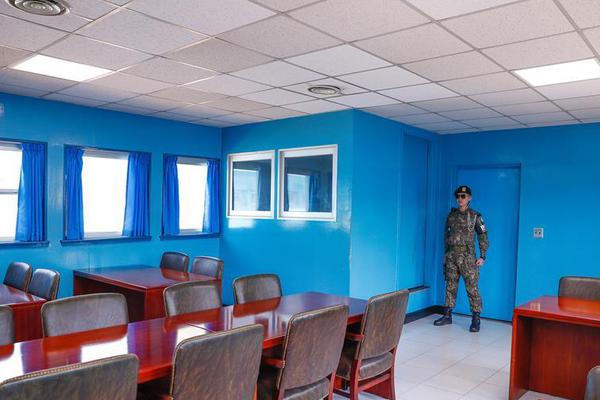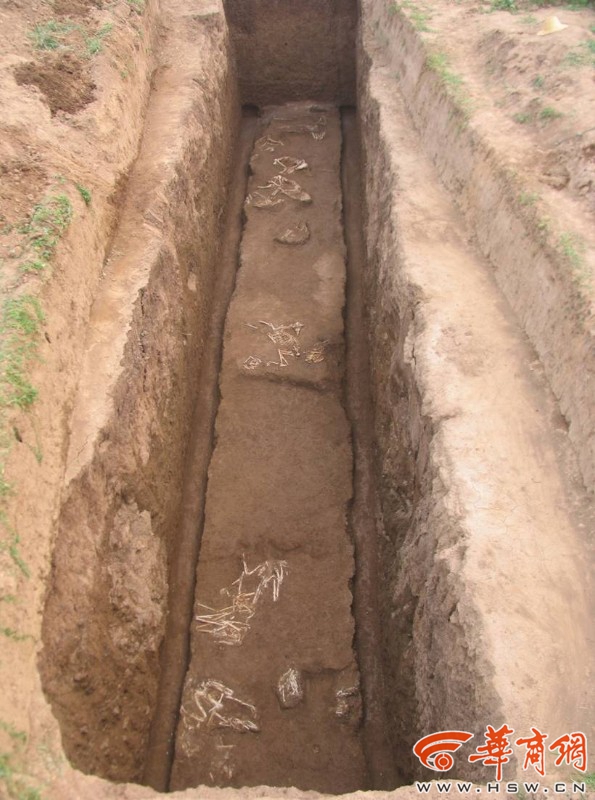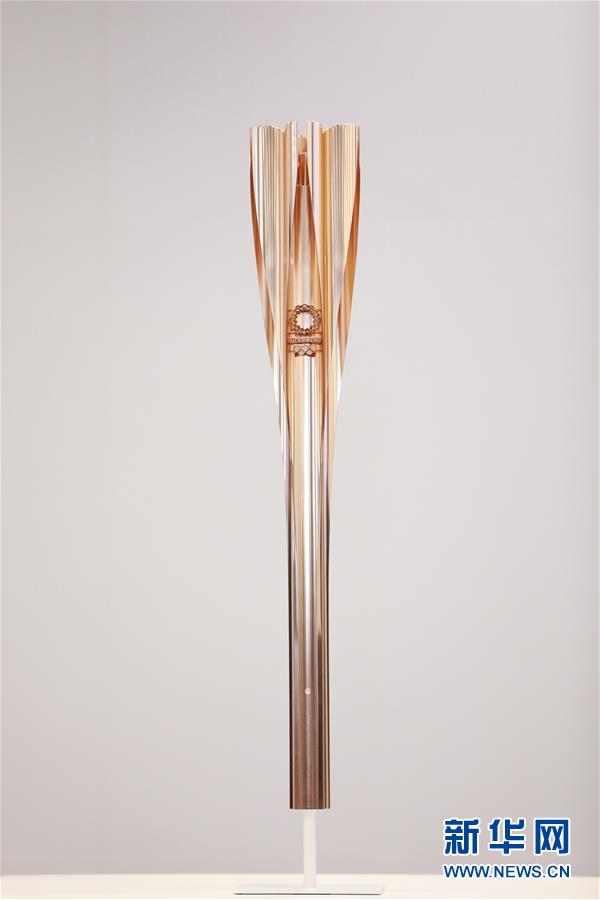
1. Find First Boot Device, use PgUp or PgDn to turn the page to change HDD-O to CDROM (optical drive startup), press ESC, press F10, press Y, enter, save and exit.
2. First of all, we need to restart the computer, and then press the F12 key to enter the BIOS interface when starting up. Then find the boot order of USBHDD/ID-ROM in BIOS and set it to the first boot item: in BIn the IOS setting interface, press the F10 key to call up the menu option, select Yes and press Enter to save the exit setting.
3. First of all, we need to make a usb boot disk, and then set the computer to install it from the usb boot boot. Next, I will introduce the method of installing the win7 system on the usb boot disk.
4. When installing the operating system, the boot item is to select the boot device, that is, the boot CD, hard disk, USB flash drive, etc. Secondly, we need to set the correct boot items in the BIOS. In the BIOS settings, we need to set the startup device to the optical drive, then save and exit.
5. The following is how to prepare the boot method to install multiple operating systems on the same computer. Step 1: Create multiple partitions. First, we need to create a separate partition for each operating system.We can use Windows' built-in disk management tools or third-party tools to create partitions.

1. Editor Xiaomian will share with you the setting of USB disk boot wi The two common methods of the ndows7 system.
2. If the hard disk does not do the main disk and the scrip jumper settings.Turn on both hard disks in the motherboard settings. The computer in the instance is a Dell desktop computer. If it is not turned on, the second hard disk will not be recognized. Put the commonly used system in sata-0, assuming that it is a Win7 system.
3. The steps to re-establish the EFI boot partition are as follows: 1. First, enter the PE system through the USB boot disk. 2. After entering the PE system, click "DG Partition Tool" on the desktop, and you can see the hard disk to be partitioned on the left. If you click it, the space status of the hard disk will be displayed above.
4. Dual-system computer, there is no dual-system boot item 01 Take a computer that has installed two different systems of win7 and xp into two different partitions as an example. Open the ntbootautofix software, and you will see the following picture after the program is loaded.
5. If the installation method selected is update installation when installing Windows 10, there will be no more startup options for Windows 7 after the installation is completed. Just like the current situation of your machine.
Select the lower left corner in win10 and right-click the system. Click to enter the system information. Click Advanced System Settings. Click the settings to start recovery on win10. Click the default operating system, and it is recommended to choose win10 in the dual system. Then set 30 seconds to 10 seconds, which is convenient for quick start-up.
First of all, click the [Start] icon in the lower left corner, and then find and click the [Windows System] option according to the arrow in the figure below.The second step is in the expanded drop-down list, click [Run] according to the arrow in the figure below.
Click the command prompt/windows powershall (administrator). Input: bcdedit /set { default} BootMenuPolicy Legacy Enter, prompt the operation is successful. Click Start → Power, and then click Restart. After restarting, you should be able to see the previous boot method.
Set up in the "Boot" item of "System Configuration". In the Win10 system, press the Win + R shortcut key to call up the "Run" dialog box, enter "msconfig", confirm, open the "System Configuration" window, and switch to the "Boot" tab.
Insert the USB flash drive into the computer, restart and keep pressing Del or F2 or F1 or F10 or esc to enter the BIOS interface, in the startup item Under the menu interface, select the usb item and press the Enter key to enter the USB disk reinstallation page. Reinstalling the system can solve some problems caused by viruses and various system problems for unknown reasons.
Set the USB flash drive as the first startup option. Find the USB flash drive in the startup sequence menu and set it as the first startup option. Usually, you can use the arrow keys or PageUp/PageDown keys to move the order of the startup device. Save and Exit After completing the setting, press the F10 key to save and exit the BIOS settings.
If you have made a backup when the installation of the system is completed in the past, you can use the backup to restore the system. If you don't have a backup, it is recommended to reinstall the system. It is very convenient to install the system with a USB flash drive, which is basically similar to the steps of restoring the system.
Press Return in the 1st boot device, select your USB flash drive, and then press Return. After the setting is completed, press the F10 key to save, and then press the ESC key to exit. Restart the computer to enter the USB disk boot interface. USB disk is the abbreviation of USB disk, which is also called USB disk according to the consonant. USB flash drive is a kind of flash memory, so it is sometimes called flash drive.
Make a USB disk boot disk. Use the cabbage USB disk boot disk making tool to make a USB disk boot disk, and download the genuine system image or pure version image. Download the image file suffixed with ISO and copy it to the root directory of the USB disk.Press F2 to enter the BIOS settings when the BIOS settings are turned on.
Global trade analytics for decision-makers-APP, download it now, new users will receive a novice gift pack.
1. Find First Boot Device, use PgUp or PgDn to turn the page to change HDD-O to CDROM (optical drive startup), press ESC, press F10, press Y, enter, save and exit.
2. First of all, we need to restart the computer, and then press the F12 key to enter the BIOS interface when starting up. Then find the boot order of USBHDD/ID-ROM in BIOS and set it to the first boot item: in BIn the IOS setting interface, press the F10 key to call up the menu option, select Yes and press Enter to save the exit setting.
3. First of all, we need to make a usb boot disk, and then set the computer to install it from the usb boot boot. Next, I will introduce the method of installing the win7 system on the usb boot disk.
4. When installing the operating system, the boot item is to select the boot device, that is, the boot CD, hard disk, USB flash drive, etc. Secondly, we need to set the correct boot items in the BIOS. In the BIOS settings, we need to set the startup device to the optical drive, then save and exit.
5. The following is how to prepare the boot method to install multiple operating systems on the same computer. Step 1: Create multiple partitions. First, we need to create a separate partition for each operating system.We can use Windows' built-in disk management tools or third-party tools to create partitions.

1. Editor Xiaomian will share with you the setting of USB disk boot wi The two common methods of the ndows7 system.
2. If the hard disk does not do the main disk and the scrip jumper settings.Turn on both hard disks in the motherboard settings. The computer in the instance is a Dell desktop computer. If it is not turned on, the second hard disk will not be recognized. Put the commonly used system in sata-0, assuming that it is a Win7 system.
3. The steps to re-establish the EFI boot partition are as follows: 1. First, enter the PE system through the USB boot disk. 2. After entering the PE system, click "DG Partition Tool" on the desktop, and you can see the hard disk to be partitioned on the left. If you click it, the space status of the hard disk will be displayed above.
4. Dual-system computer, there is no dual-system boot item 01 Take a computer that has installed two different systems of win7 and xp into two different partitions as an example. Open the ntbootautofix software, and you will see the following picture after the program is loaded.
5. If the installation method selected is update installation when installing Windows 10, there will be no more startup options for Windows 7 after the installation is completed. Just like the current situation of your machine.
Select the lower left corner in win10 and right-click the system. Click to enter the system information. Click Advanced System Settings. Click the settings to start recovery on win10. Click the default operating system, and it is recommended to choose win10 in the dual system. Then set 30 seconds to 10 seconds, which is convenient for quick start-up.
First of all, click the [Start] icon in the lower left corner, and then find and click the [Windows System] option according to the arrow in the figure below.The second step is in the expanded drop-down list, click [Run] according to the arrow in the figure below.
Click the command prompt/windows powershall (administrator). Input: bcdedit /set { default} BootMenuPolicy Legacy Enter, prompt the operation is successful. Click Start → Power, and then click Restart. After restarting, you should be able to see the previous boot method.
Set up in the "Boot" item of "System Configuration". In the Win10 system, press the Win + R shortcut key to call up the "Run" dialog box, enter "msconfig", confirm, open the "System Configuration" window, and switch to the "Boot" tab.
Insert the USB flash drive into the computer, restart and keep pressing Del or F2 or F1 or F10 or esc to enter the BIOS interface, in the startup item Under the menu interface, select the usb item and press the Enter key to enter the USB disk reinstallation page. Reinstalling the system can solve some problems caused by viruses and various system problems for unknown reasons.
Set the USB flash drive as the first startup option. Find the USB flash drive in the startup sequence menu and set it as the first startup option. Usually, you can use the arrow keys or PageUp/PageDown keys to move the order of the startup device. Save and Exit After completing the setting, press the F10 key to save and exit the BIOS settings.
If you have made a backup when the installation of the system is completed in the past, you can use the backup to restore the system. If you don't have a backup, it is recommended to reinstall the system. It is very convenient to install the system with a USB flash drive, which is basically similar to the steps of restoring the system.
Press Return in the 1st boot device, select your USB flash drive, and then press Return. After the setting is completed, press the F10 key to save, and then press the ESC key to exit. Restart the computer to enter the USB disk boot interface. USB disk is the abbreviation of USB disk, which is also called USB disk according to the consonant. USB flash drive is a kind of flash memory, so it is sometimes called flash drive.
Make a USB disk boot disk. Use the cabbage USB disk boot disk making tool to make a USB disk boot disk, and download the genuine system image or pure version image. Download the image file suffixed with ISO and copy it to the root directory of the USB disk.Press F2 to enter the BIOS settings when the BIOS settings are turned on.
Germany export data by HS code
author: 2024-12-24 01:56Top global trade data insights
author: 2024-12-24 01:43Customized market entry reports
author: 2024-12-24 01:14How to manage complex supply chains with data
author: 2024-12-24 01:09Advanced materials HS code classification
author: 2024-12-24 00:03How to simplify HS code selection
author: 2024-12-24 02:18Data-driven trade invoice verification
author: 2024-12-24 01:59Tire imports HS code classification
author: 2024-12-24 00:50HS code mapping to trade agreements
author: 2024-12-24 00:20HS code applications in compliance software
author: 2024-12-24 00:19 Fish and seafood HS code mapping
Fish and seafood HS code mapping
116.94MB
Check How to leverage FTA data
How to leverage FTA data
499.64MB
Check Textile exports HS code breakdown
Textile exports HS code breakdown
972.43MB
Check Raw silk HS code identification
Raw silk HS code identification
583.84MB
Check Pharma R&D materials HS code verification
Pharma R&D materials HS code verification
458.81MB
Check Trade data for non-profit organizations
Trade data for non-profit organizations
475.55MB
Check Trade data for metal commodities
Trade data for metal commodities
866.43MB
Check Special economic zones HS code strategies
Special economic zones HS code strategies
875.25MB
Check Real-time cargo utilization metrics
Real-time cargo utilization metrics
872.87MB
Check USA importers database access
USA importers database access
223.57MB
Check Mining equipment HS code references
Mining equipment HS code references
795.77MB
Check Paper and pulp HS code insights
Paper and pulp HS code insights
951.28MB
Check HS code directory for imports
HS code directory for imports
499.97MB
Check Canada shipment tracking services
Canada shipment tracking services
156.66MB
Check How to map complex products to HS codes
How to map complex products to HS codes
432.46MB
Check Processed foods HS code mapping
Processed foods HS code mapping
638.99MB
Check Global trade contract verification
Global trade contract verification
698.67MB
Check How to validate supplier compliance
How to validate supplier compliance
379.73MB
Check Marble and granite HS code references
Marble and granite HS code references
462.29MB
Check How to minimize supply chain disruptions
How to minimize supply chain disruptions
842.96MB
Check Africa import data trends
Africa import data trends
777.81MB
Check Ceramic tiles HS code classification
Ceramic tiles HS code classification
188.68MB
Check Cleaning agents HS code classification
Cleaning agents HS code classification
598.68MB
Check HS code-based market readiness assessments
HS code-based market readiness assessments
599.17MB
Check Agriculture trade by HS code in Africa
Agriculture trade by HS code in Africa
342.22MB
Check Best trade data solutions for startups
Best trade data solutions for startups
788.16MB
Check Comparative industry trade benchmarks
Comparative industry trade benchmarks
117.22MB
Check Bespoke trade data dashboards
Bespoke trade data dashboards
913.71MB
Check How to access protected trade databases
How to access protected trade databases
516.88MB
Check Predictive supply chain resilience
Predictive supply chain resilience
398.82MB
Check How to find HS code data for specific countries
How to find HS code data for specific countries
839.22MB
Check Sustainable supply chain analytics
Sustainable supply chain analytics
542.87MB
Check Steel industry HS code references
Steel industry HS code references
613.52MB
Check HS code guides for automotive parts
HS code guides for automotive parts
393.24MB
Check Pulp and paper HS code compliance
Pulp and paper HS code compliance
132.42MB
Check Carbon steel HS code references
Carbon steel HS code references
436.21MB
Check
Scan to install
Global trade analytics for decision-makers to discover more
Netizen comments More
2987 How to navigate non-tariff barriers
2024-12-24 02:23 recommend
2534 Organic textiles HS code verification
2024-12-24 02:22 recommend
2443 Leveraging global trade statistics
2024-12-24 01:38 recommend
1451 HS code tagging in ERP solutions
2024-12-24 01:17 recommend
2289 How to leverage big data in trade
2024-12-24 00:13 recommend